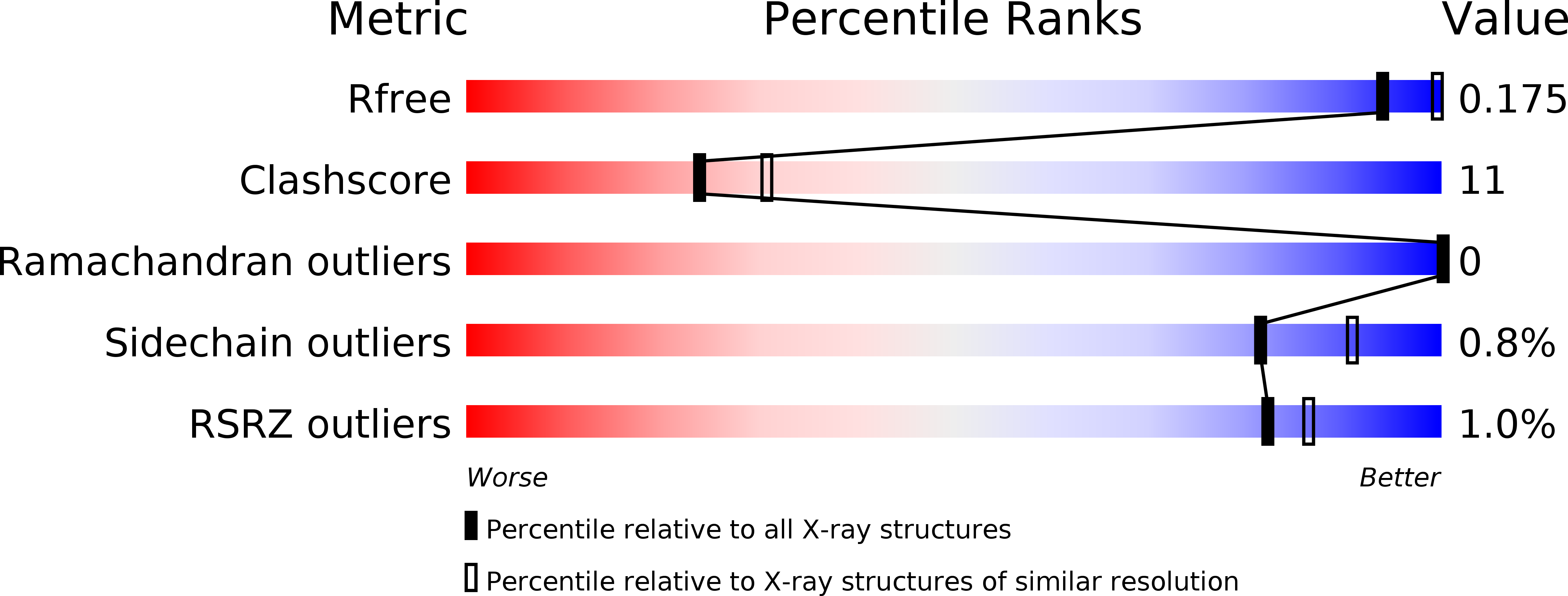
Deposition Date
2009-11-12
Release Date
2010-08-11
Last Version Date
2023-11-01
Entry Detail
PDB ID:
3AA8
Keywords:
Title:
Crystal Structure Analysis of the Mutant CutA1 (S11V/E61V) from E. coli
Biological Source:
Source Organism:
Escherichia coli (Taxon ID: 83333)
Host Organism:
Method Details:
Experimental Method:
Resolution:
2.30 Å
R-Value Free:
0.23
R-Value Work:
0.17
R-Value Observed:
0.17
Space Group:
P 61


